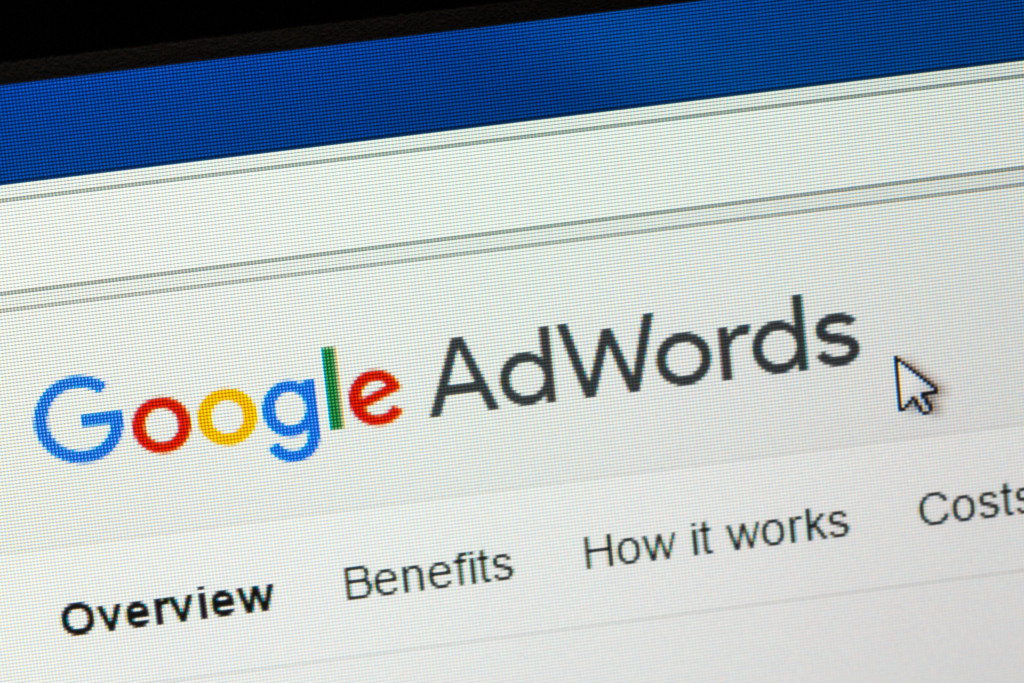It’s no secret that marketing is constantly evolving. Thanks to digital innovations, marketers have access to many new tools and techniques. From big data to AI-powered chatbots, there are endless possibilities for those looking to take their marketing efforts to the next level.
This article will explore some of the most exciting digital marketing innovations today. So whether you’re a seasoned marketer or just getting started, read on for inspiration.
Google’s AdWords and how it changed the way we advertise online

Google’s AdWords platform revolutionized how businesses advertise online by enabling SEO agencies to attract organic web traffic with sponsored search results.
Since its launch in 2000, AdWords has allowed companies to effectively use data-driven marketing strategies and targeted keyword optimization to identify and reach their ideal customers at the right moment.
This system required frequent bids between companies vying for the opportunity to be connected with potential customers – it was a manual process that could be labor- and time-intensive.
With the launch of AdWords, however, advertisement shifted from a human-driven system to an automated network with algorithmically determined connections.
Ads are now tailored based on relevance and customer behavior, allowing brands increased access to potential consumers who may likely have interest in their offering.
Not only is this method more efficient than its predecessor, but it marked the way for marketers and advertisers to discover valuable insights about consumer behavior that weren’t possible before – so much so that Google’s redesigned Adwords platform even officially changed its name to “Google Ads.”
Facebook’s targeted ads and how they’ve increased click-through rates
Facebook’s click-through rates have increasingly skyrocketed over the years, and this can be attributed to their targeted ads. With Facebook’s vast ecosystem of user data and behavioral insights, they can target specific demographics of people specifically.
This helps marketers create successful campaigns that reach their intended audiences and have a higher probability of being clicked on. These targeted ads feature users seeing relevant content that aligns with their interests and desires.
For example, if a company is looking to promote its travel packages, it would make sense to showcase those adverts to potential customers who already engage with similar products and services. Moreover, this targeted approach reduces irrelevant clicks and spending on impressions that do not convert into results.
Instagram’s shoppable posts and how they make it easy to buy products
Instagram’s shoppable posts are revolutionizing how brands market directly to their customers. The platform allows businesses to tag their items with price and product information, meaning that followers can go straight from seeing the post to making a purchase.
Instagram also makes it easy by prompting customers who may have missed earlier posts and reminding them of any outstanding purchases. This simplifies upselling and cross-selling opportunities, boosting profits and increasing customer satisfaction.
Shopping posts also make it easier for shoppers to view different options within the same brand when shown a single item. Plus, with the ability to save payment information, potential customers can quickly proceed through checkout without getting bogged down in lengthy forms or remembering passwords or login information.
Snapchat’s filters and how they’ve made marketing more fun
Snapchat’s various filters have revolutionized how marketers promote their products and services. From brand-specific lenses that enable users to virtually try a product to geo-filters that let users proudly show off where they are enjoying it, Snapchat has become an increasingly popular platform for marketing.
Not only do users love giving their snaps an extra-special touch with fun filters, but they also enjoy the added interactivity and personalization these filters create.
This kind of engagement has made it much more likely for consumers to visit websites, share content, and make purchases because of an initial experience on Snapchat.
Furthermore, the many new strategic opportunities available with these augmented reality filters allow marketers to quickly test out different strategies and optimize campaigns for maximum success.
LinkedIn’s InMail feature and how it helps businesses connect with customers
LinkedIn’s InMail feature has become an invaluable tool for businesses seeking to build connections with potential customers. Through InMail, businesses can directly contact members of their target demographic and provide a personal touch while presenting their products or service.
It’s even possible to include links within the message body that direct buyers to further information, such as pricing, reviews, and contact information. LinkedIn also allows businesses access to extensive analytics, which provides insight into critical metrics like delivery rate, response rate, and click-through rate so they can tailor future messages accordingly.
All in all, InMail is a powerful feature that gives businesses direct access to their customers and provides them with a way to track results so they can make informed decisions when it comes time to interact with consumers. Moreover, its straightforward interface makes creating messages easy for anyone familiar with digital marketing, no matter their level of expertise.
As you can see, there are a lot of ways that social media platforms have changed the marketing landscape. These changes have made reaching your target audience easier and interested them in what you’re selling. Now is the time to start if you’re not using social media to advertise your business.